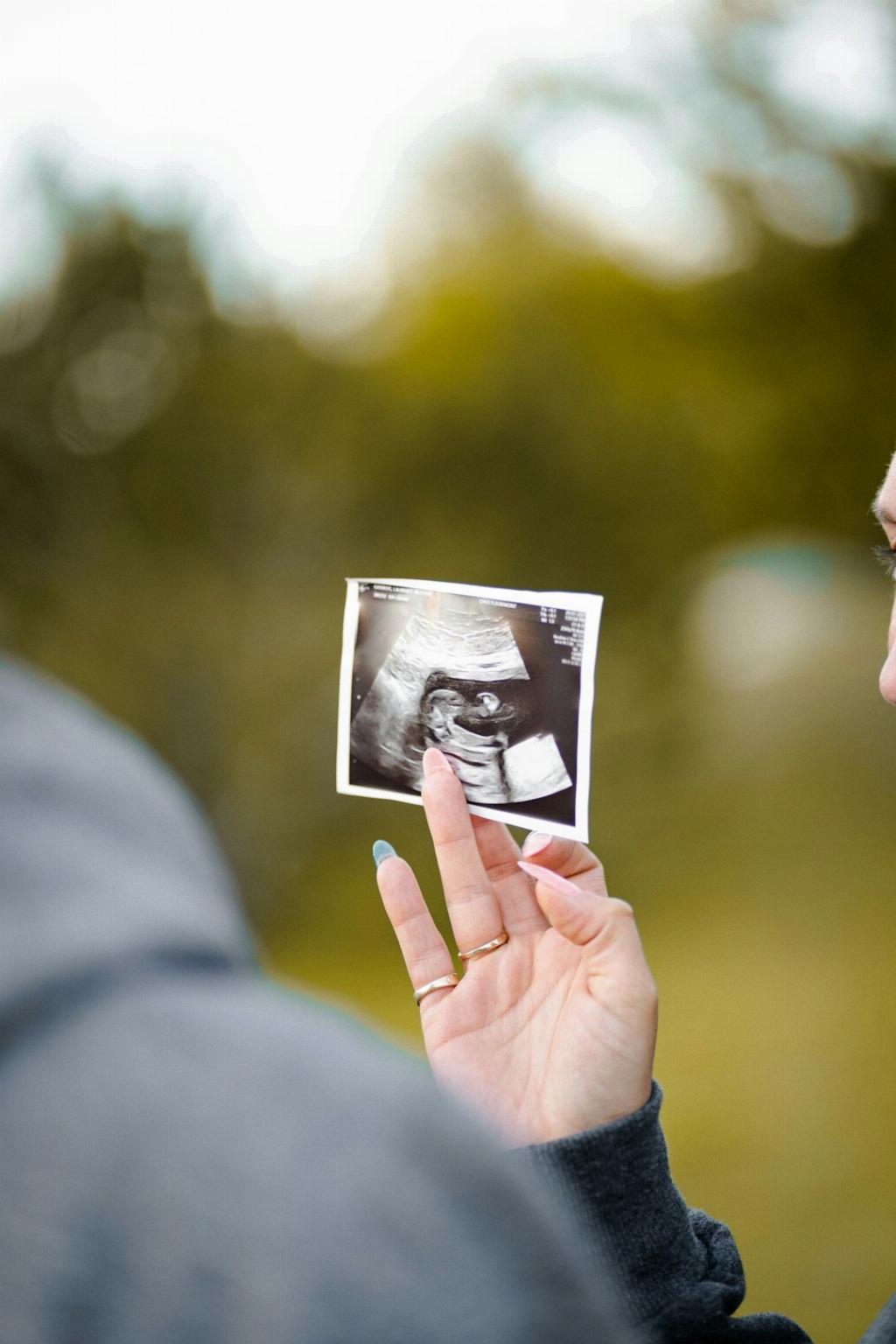During pregnancy, especially as you near the end of the third trimester, your baby will start to descend lower into your pelvis in preparation for labor and delivery. This descent, commonly referred to as “dropping” or “lightening,” is a sign that your body is getting ready for childbirth.
Physical Signs of Your Baby Dropping
One of the most noticeable signs that your baby has dropped is a change in your physical appearance. You may notice that your belly appears lower and there is more space between your ribcage and the top of your stomach. This is because your baby’s head is now engaged in your pelvis.
Changes in Breathing and Heartburn
As your baby drops, you may also experience relief from the pressure on your diaphragm, making it easier to breathe. However, this can also lead to increased frequency of urination as the baby puts more pressure on your bladder. On the flip side, you may notice an increase in heartburn as your baby’s head puts pressure on your stomach.
Changes in Your Pelvic Area
With your baby dropping, you may also feel increased pressure and discomfort in your pelvic area. This can manifest as a feeling of heaviness in your pelvis or increased pelvic pain. Some women may also experience difficulty walking or waddling due to the baby’s lower position.
Changes in Kicks and Movements
You may notice a change in your baby’s movements as well. With the baby’s head now lower in your pelvis, you may feel less kicking in your ribcage area and more movements lower down in your abdomen. This change in movement patterns can be a sign that your baby has dropped.
Pelvic Examination by a Healthcare Provider
One sure way to confirm whether your baby has dropped is through a pelvic examination by your healthcare provider. During this exam, your provider will assess the position of your baby’s head in your pelvis to determine if the baby has indeed dropped in preparation for labor.
Timing of Baby Dropping
It’s important to note that the timing of when your baby drops can vary from woman to woman. Some women may notice their baby dropping weeks before labor, while others may not feel any significant change until labor is imminent. Every pregnancy is unique, and the timing of baby dropping is no exception.
Impact on First-time Moms vs. Moms Who Have Given Birth Before
First-time moms may be more likely to notice when their baby drops as it can be a new and unfamiliar sensation. On the other hand, experienced moms who have given birth before may not feel the baby dropping as distinctly, especially if their abdominal muscles are more relaxed from previous pregnancies.
Preparing for Labor After Baby Dropping
Once your baby has dropped, it’s a good indicator that labor may not be far off. It’s essential to have your hospital bag packed and ready to go, as well as keeping your healthcare provider informed of any changes or concerns you may have. Be prepared for the exciting journey ahead!
Listen to Your Body
Ultimately, your body will give you signs and signals when your baby has dropped. Listen to what it is telling you and trust your instincts. If you have any questions or uncertainties, don’t hesitate to reach out to your healthcare provider for guidance and reassurance.
Conclusion
Recognizing when your baby has dropped during pregnancy can be an exciting and sometimes overwhelming experience. By paying attention to physical changes, movements, and other signs, you can better understand your baby’s position and prepare for the journey of childbirth ahead.

